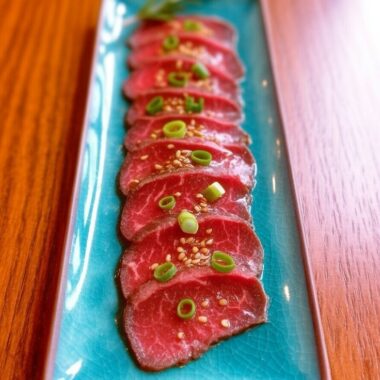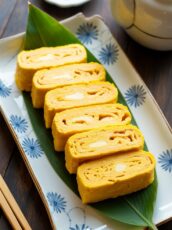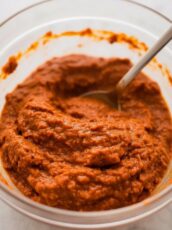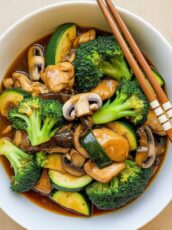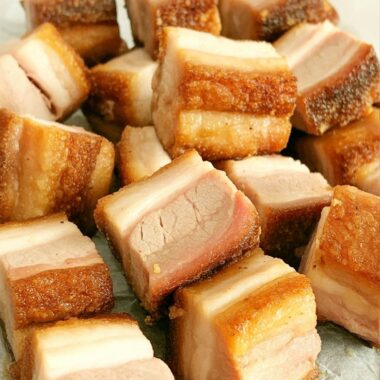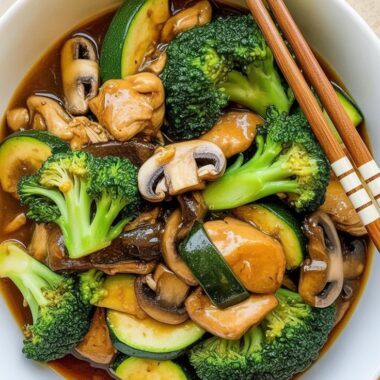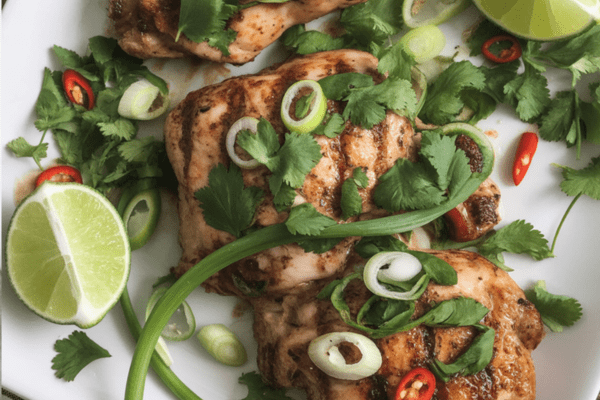Acar Timun Nonya is one of those dishes that feels like home — tangy, spicy, slightly sweet, and beautifully crunchy. It’s not something I grew up eating every day, but when it was served with a rich, slow-cooked curry or rendang during family get-togethers, it always stole the show. The contrast it brings to heavy dishes is just unbeatable — refreshing yet bold.
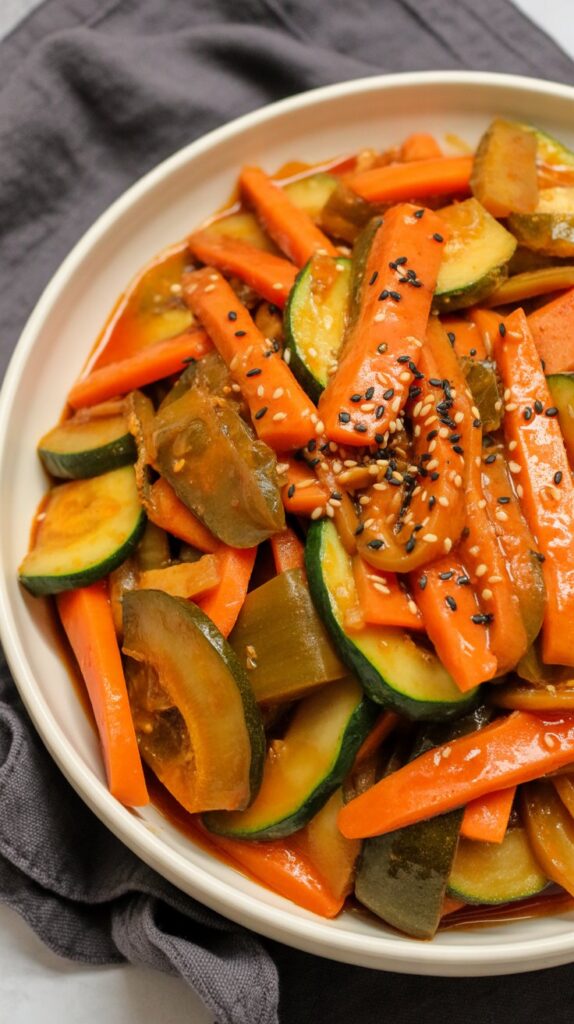
If you’ve never tried it, think of it as Southeast Asia’s punchy version of pickled vegetables, with a deep chili spice paste that gives it serious flavor.
What Exactly Is Acar Timun Nonya?
Acar Timun is a Peranakan and Malay pickled cucumber salad, often also called Achar Nonya. The term “acar” just refers to anything pickled, and “timun” means cucumber — the star of this dish. The word “Nonya” refers to the women of the Peranakan community, known for their rich culinary traditions that blend Chinese and Malay flavors.
This dish is sour, spicy, and just a little sweet — like the bold cousin of a coleslaw, if you ask me. You’ll see it served alongside dishes like Ayam Masak Merah, Beef Rendang, or anything with a coconut-heavy gravy. It cuts through the richness like magic.
Even though it’s a side dish, Acar has its own fan base. My fridge always has a small jar hidden somewhere — I love sneaking a spoonful with leftover fried rice or a plain omelette.
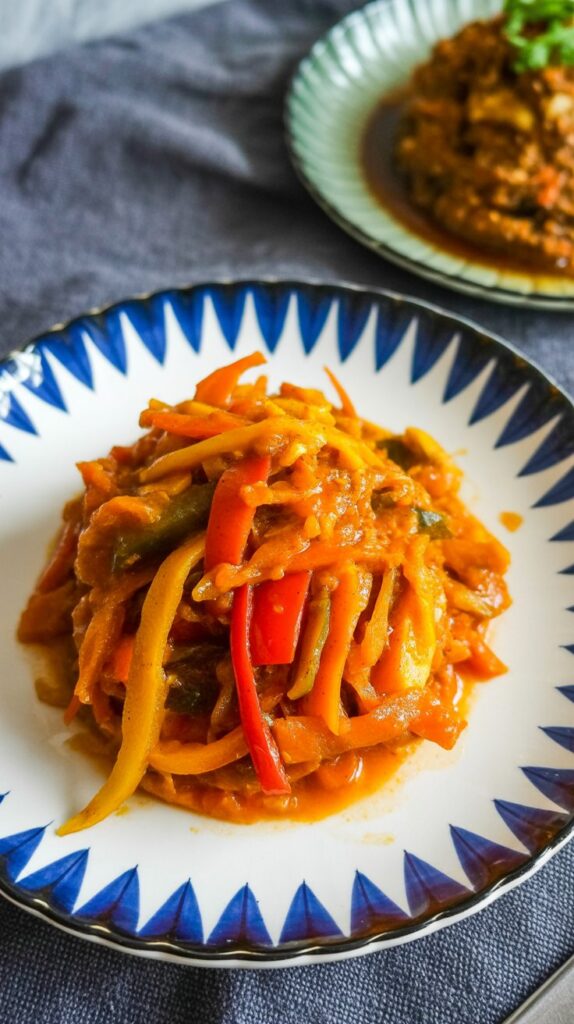
How I Keep Acar Timun Nonya Simple
Traditional Acar can be quite the process — salting, blanching, cooking the rempah, cooling, pickling — and honestly, I used to avoid it for that very reason. But after years of trial and error (and a few failed soggy batches), I figured out a way to make it much more manageable without compromising on flavor.
Here’s how I break it down:
Step-by-Step: Making My Easy Acar Nonya
1. Chop Your Veggies
I stick with the classics: cucumber, carrot, and cabbage. Cut them into matchsticks or strips — nothing too perfect. I often toss in a red chili just for color, and sometimes even a few whole garlic cloves if I have time to peel them.
2. Salt to Draw Out Moisture
Sprinkle salt over the chopped veggies and let them sit for about 30 minutes. You’ll notice a pool of water at the bottom of the bowl — that’s the extra moisture we don’t want. This step helps the vegetables stay crunchy after pickling.
3. Blend the Rempah (Spice Paste)
While the veggies are resting, I make the spice paste. I use dried red chilies (rehydrated), garlic, shallots, ginger, turmeric, and candlenuts. Sometimes I swap the candlenuts for cashews if that’s what’s in the pantry — it works just fine.
Pro tip: turmeric stains everything. I’ve learned this the hard way. If you’re using a white plastic blender, you’ve been warned.
4. Cook the Paste Until Fragrant
Cook the rempah slowly in oil until it “splits” — you’ll see the oil separate from the paste. That’s how you know it’s ready. The smell at this stage always reminds me of walking into my grandmother’s kitchen just before lunch.
5. Drain the Vegetables
Give the salted veggies a good drain. If they taste overly salty, rinse them under water and pat dry. You want them seasoned but not overpowering.
6. Combine Sauce and Veggies
Once the spice paste has cooled a bit, toss it through the vegetables until everything is well coated. At this point, it already tastes amazing — but just wait until it sits overnight.
7. Serve and Store
You can eat it right away, but it’s even better the next day after the flavors settle in. I keep mine in a glass jar in the fridge and it lasts for weeks — though it usually disappears within days.
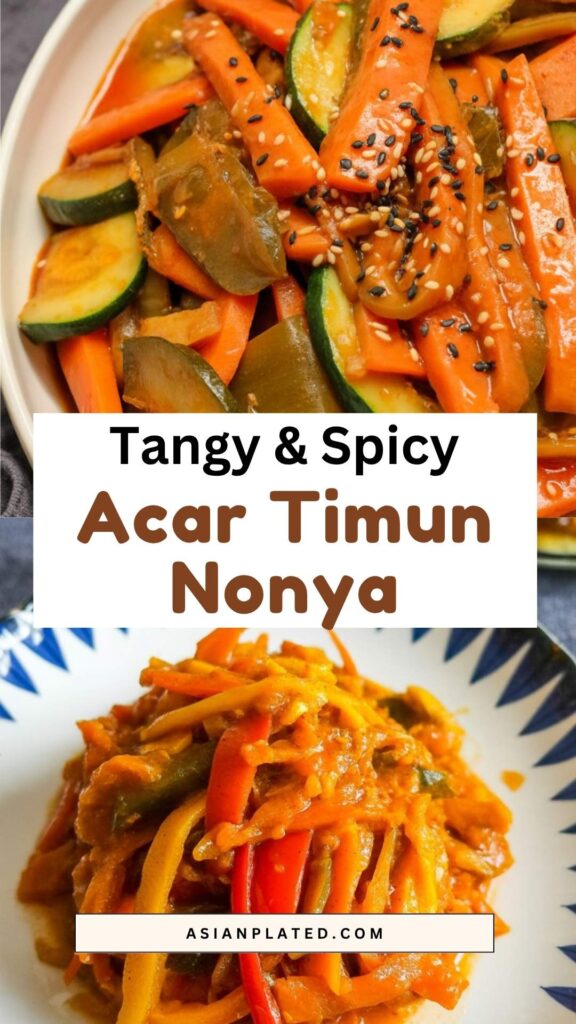
Don’t Want to Pickle? Just Stir-Fry It!
Some folks — like my mom — skip the salting and pickling altogether. She tosses the fresh chopped veggies straight into the cooked rempah on the pan, gives everything a good mix, seasons it with vinegar, sugar, and salt, and it’s done.
This method works great if you’re not planning to store it long-term. It’s more of a stir-fried salad than a pickle, but still delicious.
What Veggies Work Best?
The usual suspects are cucumber, carrots, and cabbage — but feel free to play around. I’ve tried adding green beans, cauliflower, even daikon once when I had leftovers — they all work.
You can also throw in red chilies for a pop of color, or whole garlic cloves for a little punch. I’ve even added blanched shallots when I was feeling fancy.
What’s in My Rempah Paste
Here’s what I usually use:
- Dried red chilies – soak them in boiling water to soften
- Shallots or onions – either works
- Garlic
- Ginger
- Candlenuts – or swap with cashews/macadamia
- Turmeric powder – or fresh turmeric if you don’t mind the stains
Sometimes, I’ll add lemongrass or galangal if I have them around. They add depth but aren’t deal-breakers.
How I Store Acar
Once mixed, I like to leave it overnight in the fridge so everything has time to come together. Store it in a glass or ceramic jar — anything non-reactive since the vinegar and chili can mess with plastic or metal.
It’ll keep for 1–2 months if properly pickled, but let’s be honest — I’ve never had a batch last that long. We usually finish it within the week, adding a spoonful here and there to anything remotely plain.
If you’ve never made Acar Timun Nonya before, give this shortcut version a go. It’s such a satisfying side that brings any meal to life. And trust me — once you start making your own pickles like this, you’ll wonder how you ever ate nasi lemak or rendang without it.
Acar Timun Nonya
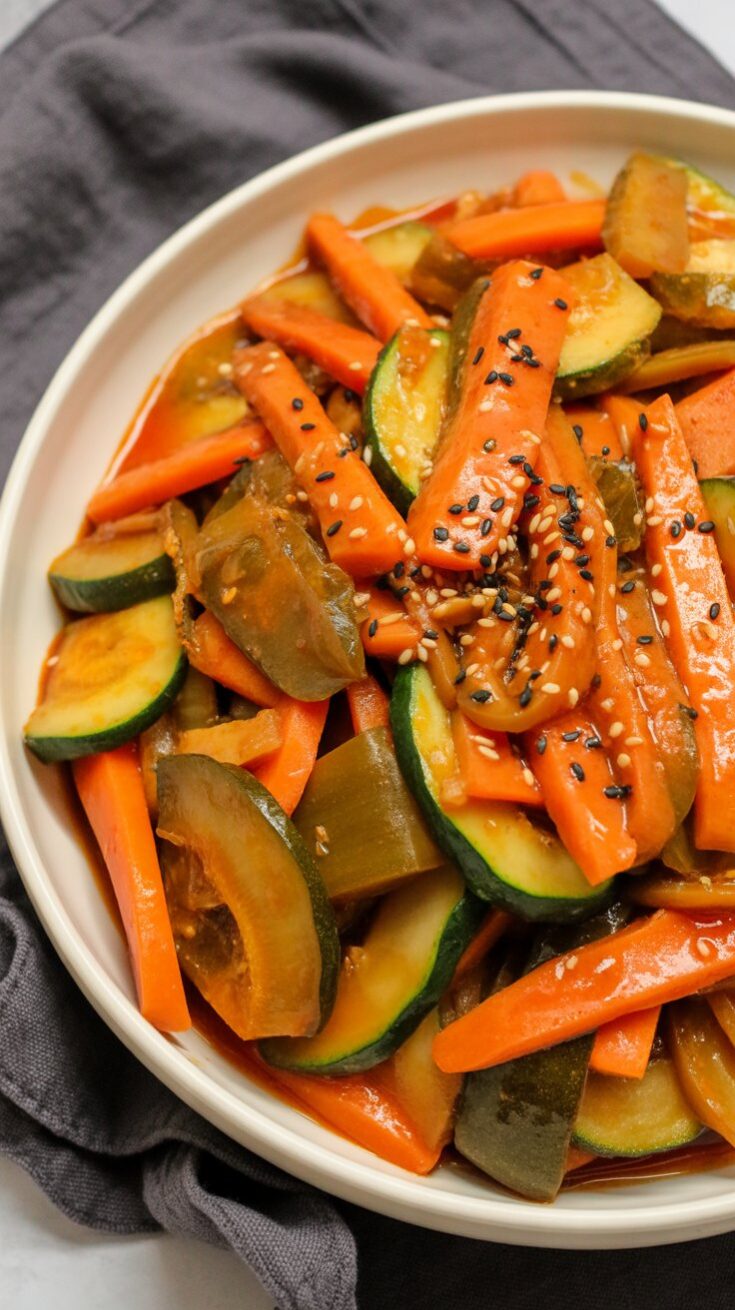
Acar Timun Nonya is a vibrant and tangy Peranakan pickle that combines crunchy cucumbers, carrots, and cabbage with a fragrant, spicy rempah sauce.
Ingredients
Vegetables for pickling:
- 1 small head cabbage (about 300g), chopped
- 1 cucumber (300g), quartered and thinly sliced after removing seeds
- 1 carrot (150g), peeled and sliced into strips
- 1–2 tablespoons salt (for salting vegetables)
Rempah spice paste:
- 10 dried chillies (or 2 tablespoons dried chilli paste)
- 40g shallots (about 3–5), peeled
- 20g ginger (roughly 1 inch piece), peeled
- 20g garlic (2–3 cloves), peeled
- 2 candlenuts
- 2–3 tablespoons water (for blending)
Other flavorings:
- 1 tablespoon mustard seeds (optional)
- 1 teaspoon turmeric powder
- ½ cup vinegar
- 1 tablespoon sugar
- 1 teaspoon salt (adjust to taste)
- 1–2 fresh red chillies, sliced
- 1 teaspoon sesame seeds
- ½ cup oil (for frying rempah)
Instructions
- Prepare Vegetables: Slice the cucumber into quarters and remove the soft, watery core, then cut into thin strips matching carrot size. Peel and cut carrot into strips, and chop cabbage roughly into bite-size pieces. Place all in a bowl and sprinkle salt evenly over them. Toss well, bruising the cabbage slightly to release flavor, then leave for 30 minutes. Drain thoroughly, ideally over a colander, to remove excess liquid.
- Make the Rempah Paste: Blend dried chillies, shallots, garlic, ginger, candlenuts, and water until you form a smooth paste.
- Cook the Spice Paste: Warm oil in a wok or pan over medium-low heat. If using, add mustard seeds and stir until they start to pop and become aromatic. Add the rempah paste and turmeric powder, frying gently until the paste thickens, darkens slightly, and the oil begins to separate from the spices.
- Season the Sauce: Add vinegar and sugar to the pan, stirring to combine. Turn off heat and allow this sauce to cool to room temperature.
- Combine and Serve: Transfer the drained vegetables to a mixing bowl, pour over the cooled rempah sauce, add sliced fresh chillies and sesame seeds, then toss everything together until well coated.
Nutrition Information:
Yield: 6 Serving Size: 1Amount Per Serving: Calories: 337Total Fat: 26gSaturated Fat: 2gTrans Fat: 0gUnsaturated Fat: 22gCholesterol: 0mgSodium: 13066mgCarbohydrates: 26gFiber: 5gSugar: 13gProtein: 5g
Asianplated.com, occasionally offers nutritional information for recipes contained on this site. This information is provided as a courtesy and is an estimate only. This information comes from online calculators. Although allchickenrecipes.com attempts to provide accurate nutritional information, these figures are only estimates.
Try other Malaysian recipes:


